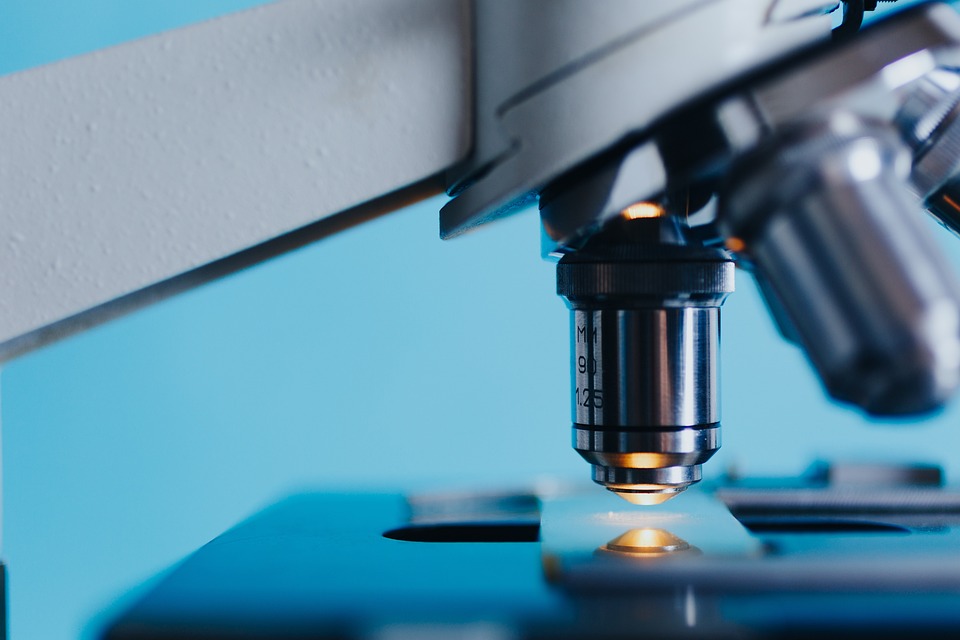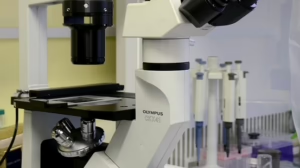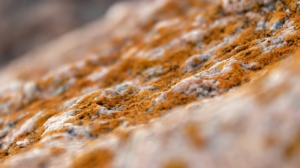Pollination Partners: The Critical Relationship Between Plants and Insects
Pollination is a vital ecological process that ensures the reproduction of flowering plants, contributing to biodiversity and the health of ecosystems. At the heart of this process lies a crucial relationship between plants and insects—specifically, pollinators like bees, butterflies, moths, and beetles. This partnership not only sustains the plants themselves but also supports numerous other species and human agricultural practices. Understanding this intricate relationship is essential in light of current environmental challenges.
The Basics of Pollination
Pollination occurs when pollen grains from the male part of a flower (the anther) are transferred to the female part (the stigma). While some plants rely on wind or water for pollination, many depend on animals, particularly insects. This relationship is a classic example of mutualism, where both organisms benefit: insects receive food in the form of nectar and pollen, while plants achieve fertilization, leading to seed and fruit production.
The Role of Insects
Insects are the most efficient pollinators, contributing to the reproduction of over 75% of flowering plants. Bees, for instance, are renowned for their pollination prowess due to their hairy bodies, which easily collect and transfer pollen. Different species of bees, such as honeybees and bumblebees, have unique foraging behaviors and preferences for specific flowers, enhancing genetic diversity among plants.
Butterflies and moths also play important roles in pollination. They tend to visit brightly colored flowers with strong scents, primarily during the day for butterflies and at night for moths. Beetles, wasps, and flies also contribute to the pollination process, albeit to a lesser extent.
Ecosystem Benefits
The relationship between plants and insects is foundational for healthy ecosystems. Pollinators help maintain plant populations, which in turn provide habitat and food for numerous other species, from birds to mammals. This interaction fosters ecological balance and resilience, allowing ecosystems to adapt to changes such as climate variability.
Moreover, the pollination services provided by insects are crucial for food security and agricultural sustainability. Crops such as fruits, vegetables, and nuts heavily depend on pollinators. According to the Food and Agriculture Organization (FAO), approximately 35% of global food production is directly related to pollinator activity. As such, the decline in pollinator populations poses a significant threat to global food systems.
The Decline of Pollinators
Despite their importance, pollinators face numerous challenges leading to their decline. Habitat loss due to urbanization, agricultural expansion, and monoculture practices drastically reduces the availability of food and nesting sites for these insects. Additionally, pesticide use, climate change, and diseases further exacerbate the situation.
Researchers have noted alarming trends in pollinator populations. For example, bee populations in North America and Europe have seen significant declines, raising concerns among ecologists and agricultural experts alike. This decline threatens not only biodiversity but also the economic viability of many farms and ecosystems.
Conserving the Partnership
To protect this critical relationship between plants and insects, concerted efforts at multiple levels are necessary. Individuals can contribute by planting diverse, native plants in gardens to provide habitats and food sources for pollinators. Reducing pesticide use and supporting organic farming practices also play a pivotal role in creating safer environments for these vital insects.
On a larger scale, policymakers can advocate for habitat restoration and encourage sustainable agricultural practices that promote biodiversity. Initiatives such as pollinator-friendly farming, conservation programs, and public awareness campaigns are essential to reversing the trends of decline.
Conclusion
The relationship between plants and insects is a remarkable and intricate partnership that underpins life on Earth. As stewards of the environment, we must recognize the importance of pollinators and take meaningful steps to protect them. By fostering a healthier ecosystem, we ensure the continuation of this vital interaction, supporting both biodiversity and the food systems upon which humanity relies. The preservation of pollinators is not just an ecological concern; it is a necessary commitment to our future sustainability.
For more information on female and male flower structures, visit the National Agriculture Library to further understand the role of pollination in agriculture and ecology.


























Add Comment